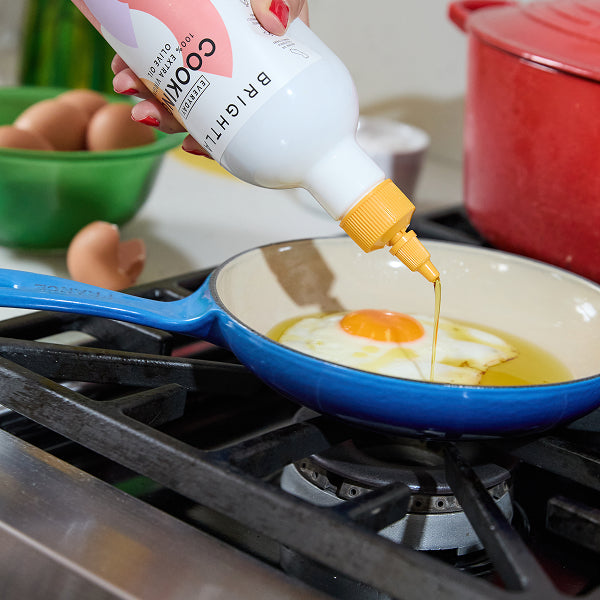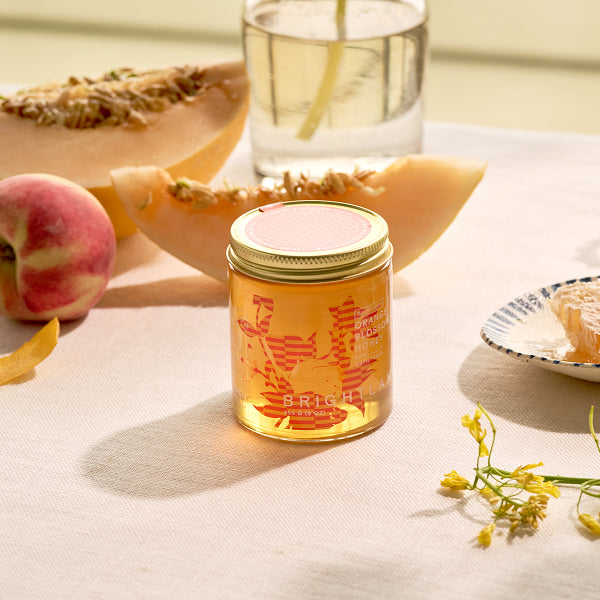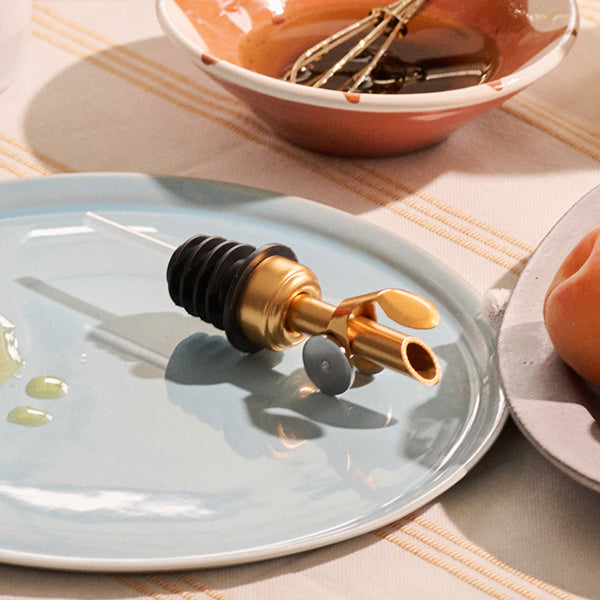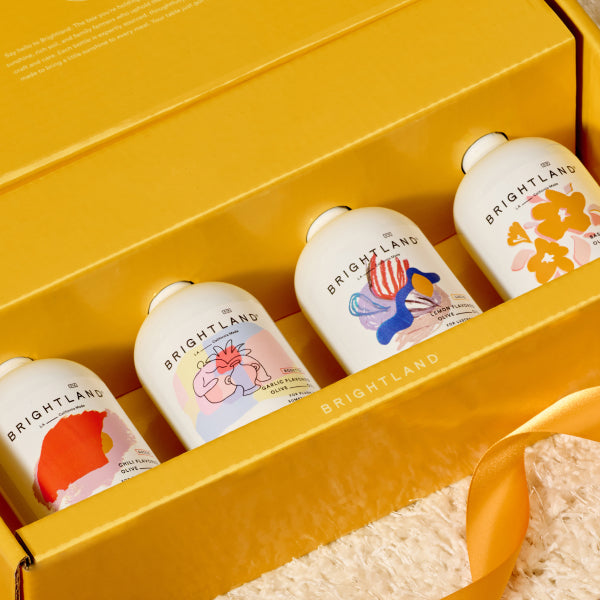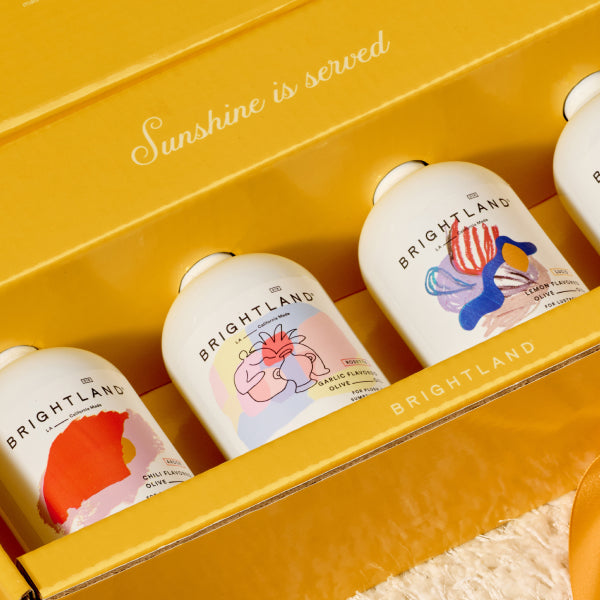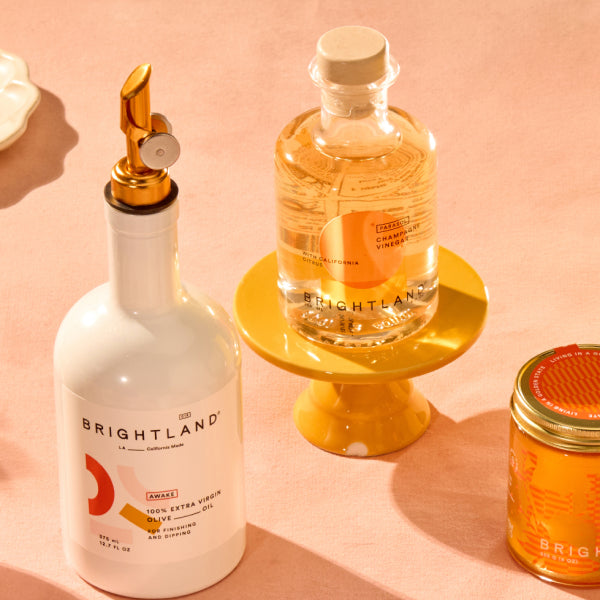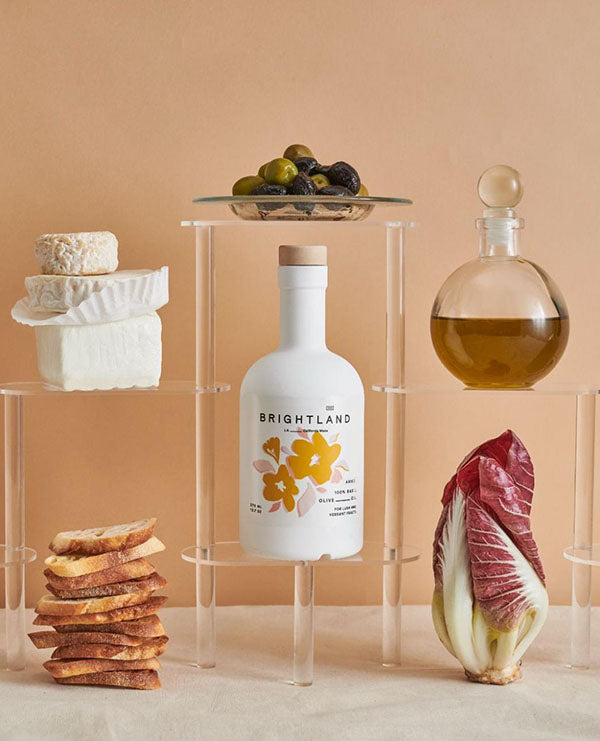[open type="rte"]
Balsamic vinegar can potentially last for years after opening — but only if you store it properly. In this quick guide, we will break down the right way to store balsamic vinegar and how long you can expect a bottle to last. Plus, we offer tips for identifying the rare cases when your vinegar might have gone bad.
[close type="rte"][open type="images" small="true"]

[close type="images"][open type="rte"]
How to Store Balsamic Vinegar
Balsamic vinegar is shelf stable even after opening. Oxygen exposure generally does not cause it to deteriorate due to the high amounts of acid. Thus, it can be stored in a cool, dark place such as a pantry or cabinet at room temperature. Just make sure that the cap is securely fastened to prevent dust and other potential debris from getting into the bottle.
While oxygen exposure will not cause the balsamic vinegar to deteriorate, exposure to light and heat will. Therefore, you should keep the bottle away from both sunlight and heat, so do not leave it sitting in the windowsill or on the counter next to the stove (no matter how aesthetically pleasing the bottle may look sitting out). Try to keep it away from cabinets that sit right next to the stove, which will still receive ambient heat through the wood doors.
Some people wonder if storing balsamic in the fridge after opening will increase its shelf life. While refrigeration after opening is required for many pantry staples, it is not necessary for balsamic vinegar. Putting the balsamic vinegar in the fridge can potentially cause condensation to form on the inside of the bottle, diluting the flavor. Balsamic vinegar is also meant to be tasted at room temperature, so it is best to store it as such for best results.
[close type="rte"][open type="rte"]
[close type="rte"][open type="rte"]
How Long Does Balsamic Vinegar Last?
Like other vinegars, balsamic vinegar is extremely high in acid. This means that it is very resistant to bacterial growth that causes other products to have a short shelf life. When properly stored (emphasis on the “properly”), balsamic vinegar can last anywhere between three to five years. However, improper storage will shorten the shelf life considerably and potentially lead to contamination. If you do not store your balsamic vinegar properly, it will not last nearly this long.
Note that this shelf life only applies to raw balsamic vinegar. Many so-called “balsamic vinegars,” especially the cheap ones, are actually cut with syrup and other adulterated ingredients to dilute the product and increase profits. These extra ingredients lower the acid count of the “vinegar” and make it more likely to go bad quickly. Always read the label to confirm that you are getting a 100 percent vinegar product before making your purchase. Learn more about how balsamic vinegar is made.
[close type="rte"][open type="images" small="true"]

[close type="images"][open type="rte"]
[close type="rte"][open type="rte"]
How to Tell If Balsamic Vinegar Has Gone Bad?
It is pretty rare for balsamic vinegar to go bad, but it can still happen occasionally — especially if you do not store it properly or you buy a product that is not 100 percent vinegar. First, you should look at the vinegar to see if its appearance has changed.
If it looks a little bit cloudy, or there is some sediment at the bottom of the bottle, that is probably just the mother of vinegar precipitating out of the liquid. It is still safe to consume, but if you do not like the cloudiness, you can strain it out. If you see any more substantial changes in the vinegar’s texture or visible signs of mold, then you should definitely throw it out and get a new bottle.
Note that the smell and taste of balsamic may become less pungent and more subtle over time, especially if the bottle has been open for months or years. However, it should still smell and taste the same, just not as strong. If there are noticeable differences in the taste and smell, such as rancid odors or harsh flavors, that is a sign that the bottle has gone bad and should be replaced.
Looking to try a high quality balsamic vinegar? Order the RAPTURE raw balsamic vinegar from Brightland and get free shipping on your U.S. order over $80. Be sure to check out our other premium pantry staples as well!
[close type="rte"]


